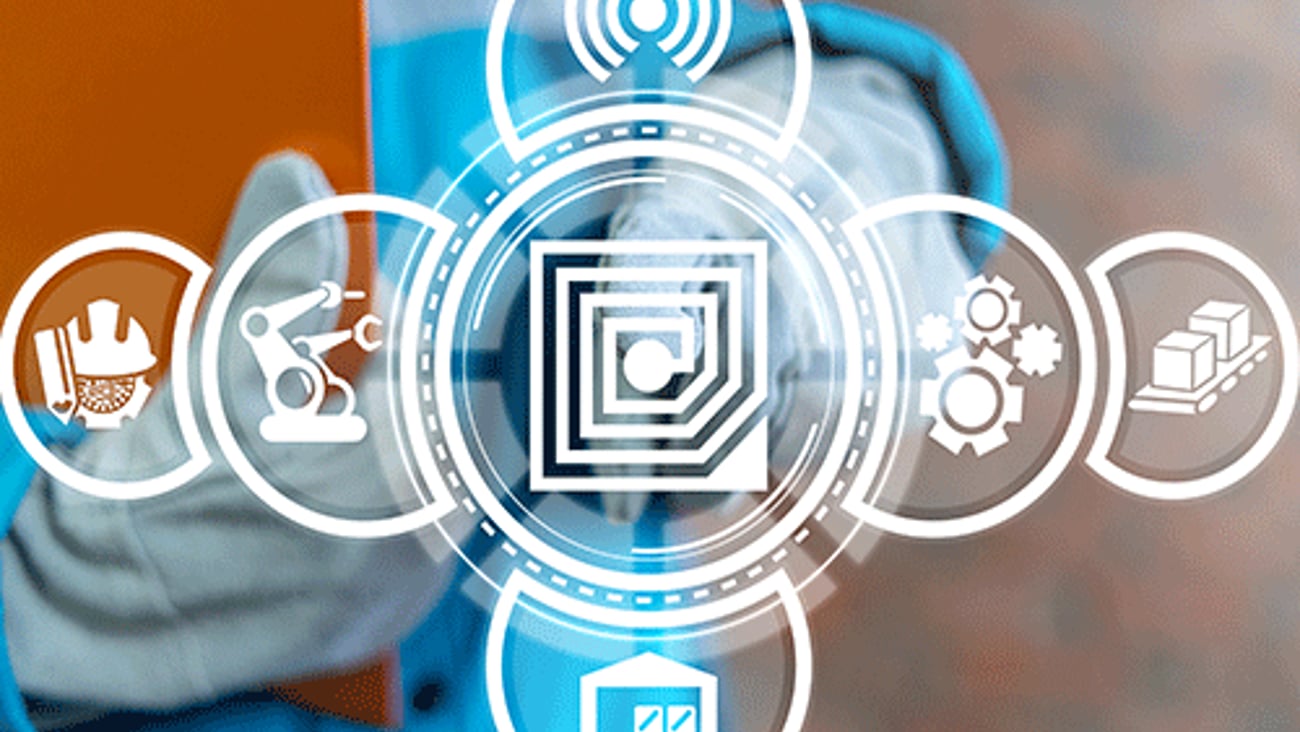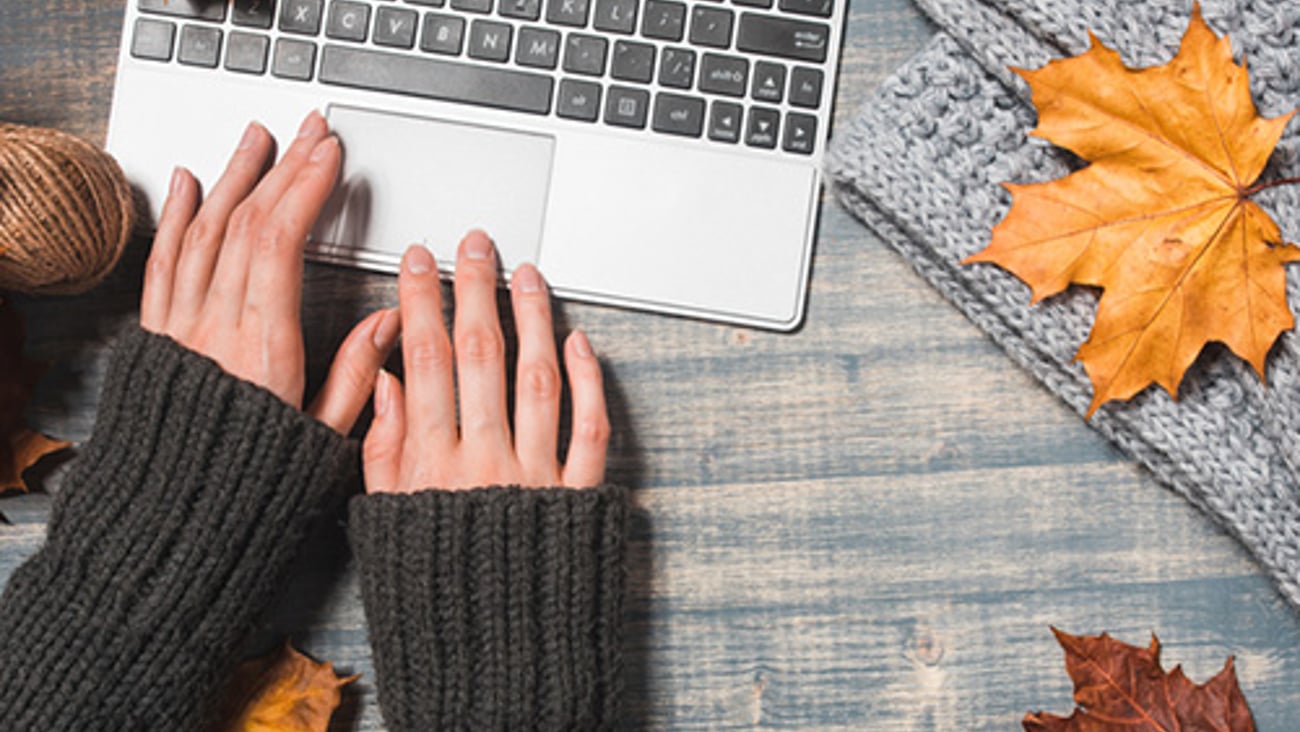Shoppable content – the new omnichannel commerce frontier
Retailers are finding new ways to make a broader range of omnichannel content into points of consumer purchase.
Rock star Gene Simmons, known for his promotional savvy, once said of his band’s approach to merchandising, “Anything that can have KISS on it, should have KISS on it.”
Retailers have been increasingly applying the same logic to letting customers make purchases via omnichannel content – anything that can be shoppable, should be shoppable. There are a lot of valid reasons to turn non-commercial content into touchpoints for consumers to buy merchandise:
- Shoppable content allows retailers and brands to perform “stealth commerce” – promoting and selling goods to consumers who are overloaded with sales pitches in a less obtrusive and invasive way.
- In addition, shoppable content can show consumers exactly how merchandise would be consumed or used in real life, such as by enabling the purchase of apparel items worn by actors in a TV show or food products prepared in a cooking demonstration.
- Shoppable content also captures consumers at the initial moment of decision. Rather than seeing a favorite performer wear a certain apparel piece and deciding to buy it the next time they visit that brand’s store or website, they can literally acquire the item off the performer’s back.
Here are a few recent examples of how retailers and brands are making content shoppable across a variety of media:
Amazon – Streaming TV
Amazon is in a new partnership to infuse shoppable product placements and messaging in shows on its streaming TV offering known as FAST. Introduced in April 2024, the FAST Channel features Amazon’s "shop the show" technology, which enables customers in the U.S. to browse, shop and engage with streaming content they’re watching on the TV screen via Prime Video or Freevee by using their mobile device.
Amazon and Group M, WPP’s media investment group, are now entering a first-of-its-kind partnership to co-develop original, shoppable content for the FAST Channel. This new content type will enable brands to infuse product placements and messaging in shows tailored for their intended audience.
Instacart – Digital video
Instacart is extending its first-party retail media data to YouTube. Building on an existing Google Shopping Ads collaboration, Instacart is enabling select brand partners to run shoppable YouTube ads.
Pilot partners’ shoppable video campaigns on YouTube will leverage Instacart’s first-party data to identify and reach high-intent consumers and receive closed-loop measurement. Viewers can click directly from these YouTube ads to an Instacart product page to purchase the featured items for same-day delivery.
Clorox and Publicis Media are among Instacart’s first partners to pilot the new shoppable YouTube ad offering.
Pinterest – Print magazine
In a first-of-its-kind collaboration with Pinterest, Real Simple magazine has launched its first-ever shoppable issue with a "Best & Brightest" theme that spotlights more than 120 products.
Each section of the magazine’s June 2024 issue features QR codes that link to corresponding Pinterest boards, where users can instantly buy the products seen in the pages. Nearly every page in the issue is shoppable.
Throughout the June issue, readers can hover their phone's camera over QR codes, which will take them to a curated Pinterest board that brings the pages of the magazine to life in an e-commerce experience. From there, readers can explore over 120 products and click to retailer pages to make a purchase.
Using Pinterest, readers can follow the board or Pin items to their own boards, so they can come back and purchase featured items later as they continue to read the magazine.







